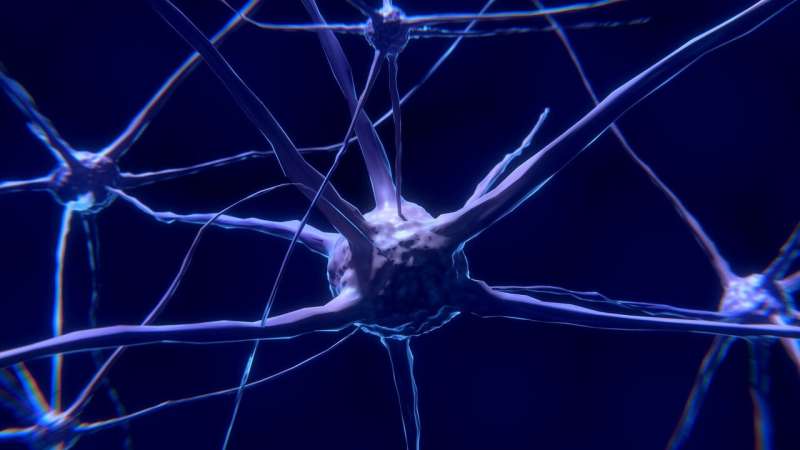Credit: Pixabay/CC0 Public Domain
Youth brain activation data from the largest longitudinal neuroimaging study to date provides valuable new information on the cognitive processes and brain systems that underlie adolescent development and might contribute to mental and physical health challenges in adulthood. The study published today online in Nature Neuroscience.
Because of the notable brain, cognitive, and emotional maturation—and emergence of many mental health disorders—that occurs between the ages of 10 and 20, understanding neurodevelopment and how it is impacted by the numerous risk factors that emerge during this timeframe is a critical area of interest. However, to date, most human neuroimaging studies have focused on adult functioning.
The Adolescent Brain Cognitive Development Study (ABCD) Study, which launched in 2016, is a multisite, 10-year-long longitudinal study that has enrolled nearly 12,000 youth aged 9 to 10 at 21 research sites around the country.
These latest findings demonstrate which brain regions are involved in a range of important psychological processes, including cognitive control, reward processing, working memory, and social/emotional function.
Using functional magnetic resonance imaging (fMRI) technology, the researchers observed brain activation during a battery of three different tasks and identified how differences in the patterns of activity related to individual differences in these processes.
"This study—likely the biggest task activation paper ever—shows the brain regions activated by each task, how well they capture individual differences, and will likely serve as a baseline for all the subsequent papers that will track the kids as they age," says Hugh Garavan, Ph.D., professor of psychiatry at the University of Vermont, and a senior author on the study.
The brain maps aim to improve scientists' understanding of the psychological processes that put young people at higher risk for developing mental and physical health challenges and, by identifying the brain correlates of factors that influence development, can give guidance on which interventions could help improve outcomes.
"These brain activation maps and spatial reproducibility findings will serve as a gold standard for the neuroscientific community and could help inform study design," says Bader Chaarani, Ph.D., assistant professor of psychiatry at the University of Vermont and the study's first author.
The study's authors state that these brain activation maps will allow for "cross-sectional analyses of inter-individual and group differences," as well as "offer the potential for examining baseline predictors of future development and behavior and for quantifying changes in brain function that may arise from the numerous influences expected to affect development and behavior."
More information: B. Chaarani et al, Baseline brain function in the preadolescents of the ABCD Study, Nature Neuroscience (2021). DOI: 10.1038/s41593-021-00867-9
Journal information: Nature Neuroscience
Provided by University of Vermont






















